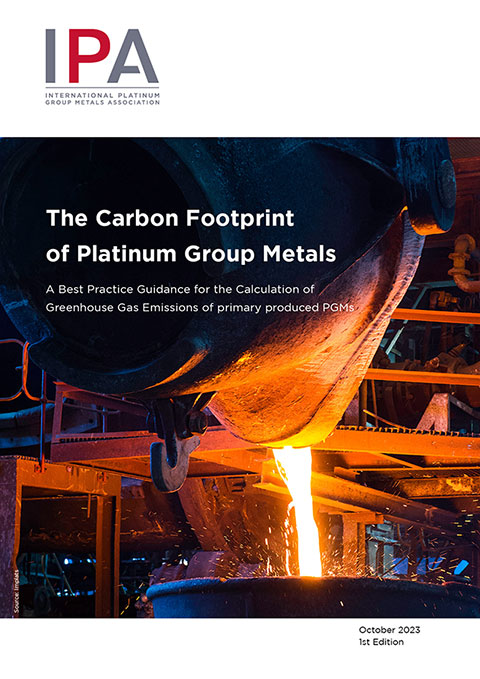South Africa's draft Integrated Resource Plan (IRP) 2023 outlines a significant expansion of renewable energy capacity, with ambitious targets for wind and solar installations to support a broader shift away from fossil fuels. Although exact numbers have been subject to discussion, the plan calls for renewables to account for the vast majority of new capacity additions over the next decade.
Below is a summarized overview of the main components of South Africa’s Integrated Resource Plan (IRP) 2023:
- Reduction in Coal-Fired Generation:
A core component of the IRP 2023 is the planned reduction of coal’s share in the national energy mix. The document sets quantitative goals for gradually decommissioning older coal-fired plants and limiting any new coal capacity, thereby reducing overall reliance on coal. This is intended to help lower emissions intensity and better align with national and international climate commitments.
- Emissions and Efficiency Targets:
The IRP includes specific targets for reducing carbon dioxide emissions and improving energy efficiency. These targets are designed to ensure that as renewable capacity increases, the overall carbon intensity of the electricity sector declines in step with the nation’s climate policy objectives.
- System Flexibility and Supportive Infrastructure:
While not always presented as a single numeric target, there is a clear quantitative focus on adding sufficient capacity for storage and flexible generation (such as gas-fired or hydro plants) to support grid reliability as variable renewable energy sources are integrated at scale.
Current Status
As of now, the IRP 2023 remains in draft mode. This means the quantitative targets and projections are still subject to public consultation and stakeholder feedback. While the overall strategic direction is well defined, details—including the precise numbers for capacity additions and emissions reductions—may be refined before the final version is released.Ihe IRP 2023 sets out ambitious quantitative goals to expand renewable energy capacity, reduce coal-dependence, and lower emissions. However, because the plan is still in the draft phase, these numerical targets could be adjusted as the consultation process progresses.Below is a summarized overview of the main components of South Africa’s Integrated Resource Plan (IRP) 2023:
- Accelerated Renewable Energy Deployment:
The IRP 2023 emphasizes a significant scale-up of renewable energy generation, primarily through large additions in solar photovoltaic (PV) and wind capacity. This approach leverages the country’s abundant renewable resources and is central to reducing greenhouse gas emissions and curbing reliance on fossil fuels. - Reduction in Coal Dependency:
While coal remains part of the energy mix to ensure system stability, the plan outlines a managed decline in coal-fired generation. This includes the phased retirement of aging coal assets and a limitation on new coal capacity to pave the way for a cleaner energy system. - Enhanced System Flexibility and Reliability:
Recognizing the variable nature of renewable resources, the IRP stresses the importance of integrating dispatchable and flexible generation options (such as battery storage, gas-fired power plants, and existing hydro) to maintain grid stability and ensure reliable power supply. - Diversification of the Energy Mix:
In addition to renewables and coal, the plan considers a balanced role for other generation sources—including gas and, to a lesser extent, nuclear—aiming to diversify the portfolio for both flexibility and energy security. - Modernization of Infrastructure:
Upgrading and modernizing the transmission and distribution networks are highlighted as key to accommodating the evolving generation landscape. Improved grid management and smart technologies are deemed essential for integrating distributed energy resources and ensuring efficient operation. - Alignment with Climate and Economic Objectives:
The strategic vision of the IRP 2023 is aligned with South Africa’s broader climate commitments and economic development goals. The plan aims to foster a sustainable energy future while also supporting job creation and local industrial development in a transitioning energy economy. - Policy and Regulatory Enhancements:
To facilitate the energy transition, the IRP outlines the need for a supportive policy framework that encourages both public and private investments in cleaner energy technologies. This includes streamlining permitting processes and establishing incentives for renewable energy projects.
An updated IRP is to be published in early 2025.
South Africa's reliance on coal-powered electrcity already decreased significantly from 87.4% in 2019 (IEA data) to 76% in 2023, showcasing the country's accelerating transition to cleaner energy.
South Africa's reliance on coal-powered electrcity already decreased significantly from 87.4% in 2019 (IEA data) to 76% in 2023, showcasing the country's accelerating transition to cleaner energy.







